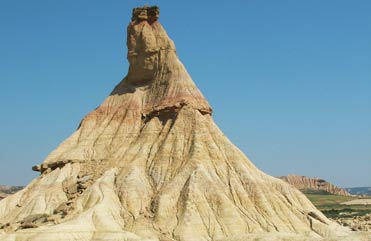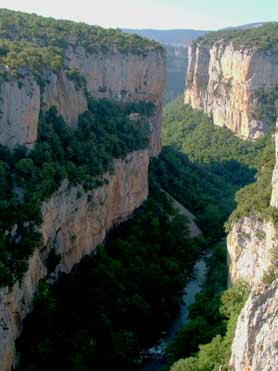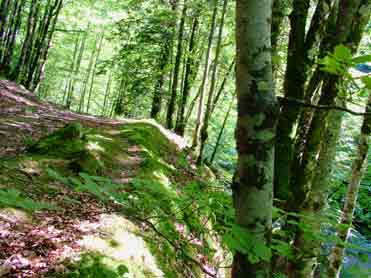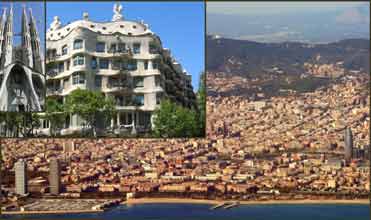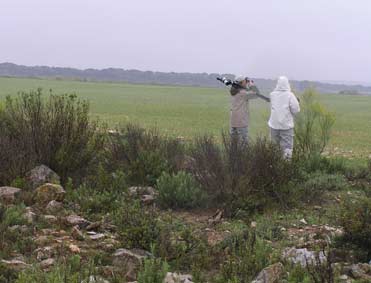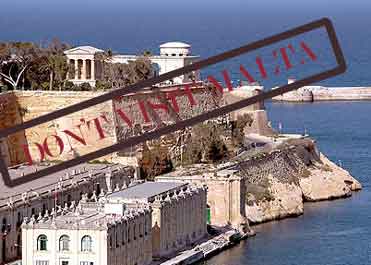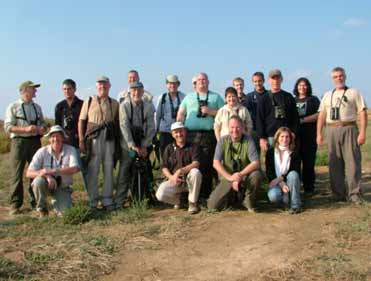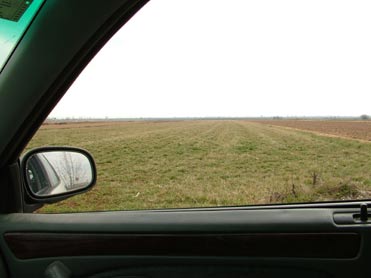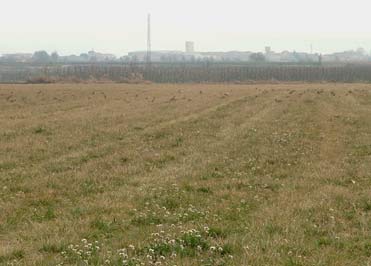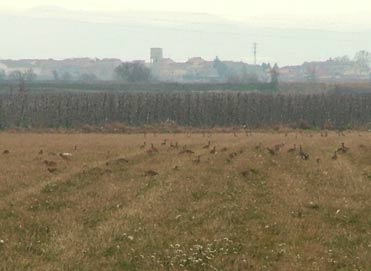Here in Lleida we’re going through a bit of cold weather, or rather it is going through us. The radiators are on, and so are the vests. From my office window I can see white icing on the mountains of Montsec. Grey Wagtails, Chiffchaffs and Black Redstarts are the birds that visit the square and gardens behind our flat every winter. I wonder how many Wallcreepers are actually clinging to the rock faces of Montsec as I write this, and whether Hawfinches will turn up in any number along the River Set, on the edge of the drylands of Alfés.
Just over 6 months ago I was birding on Mallorca. Warm sun, long evenings, clear skies and marine blue seas were the backdrop for the birds I saw then.

That’s warmed things up a little, any more?

Now I remember: Black Vulture, Booted Eagle, Balearic Shearwater, Audouin’s Gull, Balearic Warbler….
Phew! If I do this every day I’ll be able to lower the heating by one degree and reduce my carbon emissions.
Want to know more about birding in Mallorca? Check out the Mallorca section on the BirdingInSpain.com website, and don’t forget about the recommended accommodation either.

